Coastal Home Design
August 24, 2025
Sponsored Content
Text by Maria LaPiana
There’s more than the view to consider when designing a home on the water.

The view from this great room extends out past the home’s wraparound porch, providing interior shade on a sunny day.
Maximizing Waterfront Views Through Smart Design Choices
When designing or decorating a coastal home, the view is important, but it’s not the only thing to consider. “It makes perfect sense to take a cue from Mother Nature” and maximize your view, says Cristina Johnson, a principal at TMS Architects-Interiors in Portsmouth, New Hampshire. Windows make a difference, but they’re only the beginning, says Johnson, who heads up the interior design department at TMS, a firm well-versed in designing both lakeside and luxury oceanfront homes.
Johnson elaborates: When choosing windows, you’ll want to consider window treatments; with large windows, light and climate control. As for furnishings, you’ll want to choose durable materials and a palette in sync with your natural surroundings. Your furnishings should be in proportion to your space. Finally, an indoor-outdoor connection is a very important consideration when designing a coastal home.
In new construction, your first decision is the home’s placement on the site; windows are next, says Johnson. Think of what you want to frame: beaches, boats, docks, long views—as well as those you may not want to, like neighboring homes. Orientation is critical. “On the ocean you’re balancing views and sunlight,” says Johnson. “On the east coast, we have morning light, but that could change, depending on the coastline. With a lakefront home you have opportunities to get a lot of light in.”

A corner window takes advantage of the home’s panoramic ocean view, with the casement windows letting in the salty sea breeze.
Making the Most of Natural Light
In regions where climate is a concern, Johnson often suggests fewer large windows overall. “Make them more important instead,” she says. “Rather than having three larger windows, maybe just choose the best spot.” Optimize the view from all gathering spaces; in an open concept plan, consider views from the kitchen, beyond the living room—wherever there’s a sightline to the water. Balance aesthetics with good sense. A built-in bench may be pretty, and a good place to sit, but it can block the view for others.
There are ways to manage intense natural light. “Clients often want floor-to-ceiling windows, but they hesitate when it comes to window treatments,” she says. “There are ways to screen them unobtrusively. We do a lot of solar shades that let you cut down on UV rays.” Remember that at night people can see in a lot easier than you can see out, especially on a beach. Johnson recommends top-down/bottom-up shades: “When they’re halfway down you can still see out without feeling like you’re on display.”

Sliding doors off this home’s kitchen provide a seamless view and transition to the outdoor pool area and the bay view beyond.
Choosing a Coastal Color Palette and Material Selection
When choosing a color palette, Johnson suggests bringing colors of the landscape inside: “On the coast, we usually end up with a lot of blues on walls and larger surfaces. With lakefront homes surrounded by a lot of trees, you’ll see much more green,” she says.
Materials matter. “If exposed to too much sun over time, furniture, fabrics, rugs, and flooring will get beat up,” says Johnson. She doesn’t recommend natural linen drapes, or wool or cotton rugs; choose synthetic performance materials instead. “There are more attractive choices in indoor-outdoor rugs and textiles than ever. If you don’t love the idea of rugs, choose hardwood floors with UV treatment,” she says.
Opt for low-profile furniture: Place taller pieces (like a sectional with a table behind it) on the outside of a room, and lower chairs as you get closer to your view. Better yet, choose lower chairs that swivel, so you can enjoy the view in different directions.
To enhance an indoor-outdoor connection, says Johnson, there should be a seamless height change between the interior and the lawn, patio or deck. Larger windows that slide or stack can create an “extension” of the inside space, but you’ll want to add sliding screens that come down to keep bugs out.
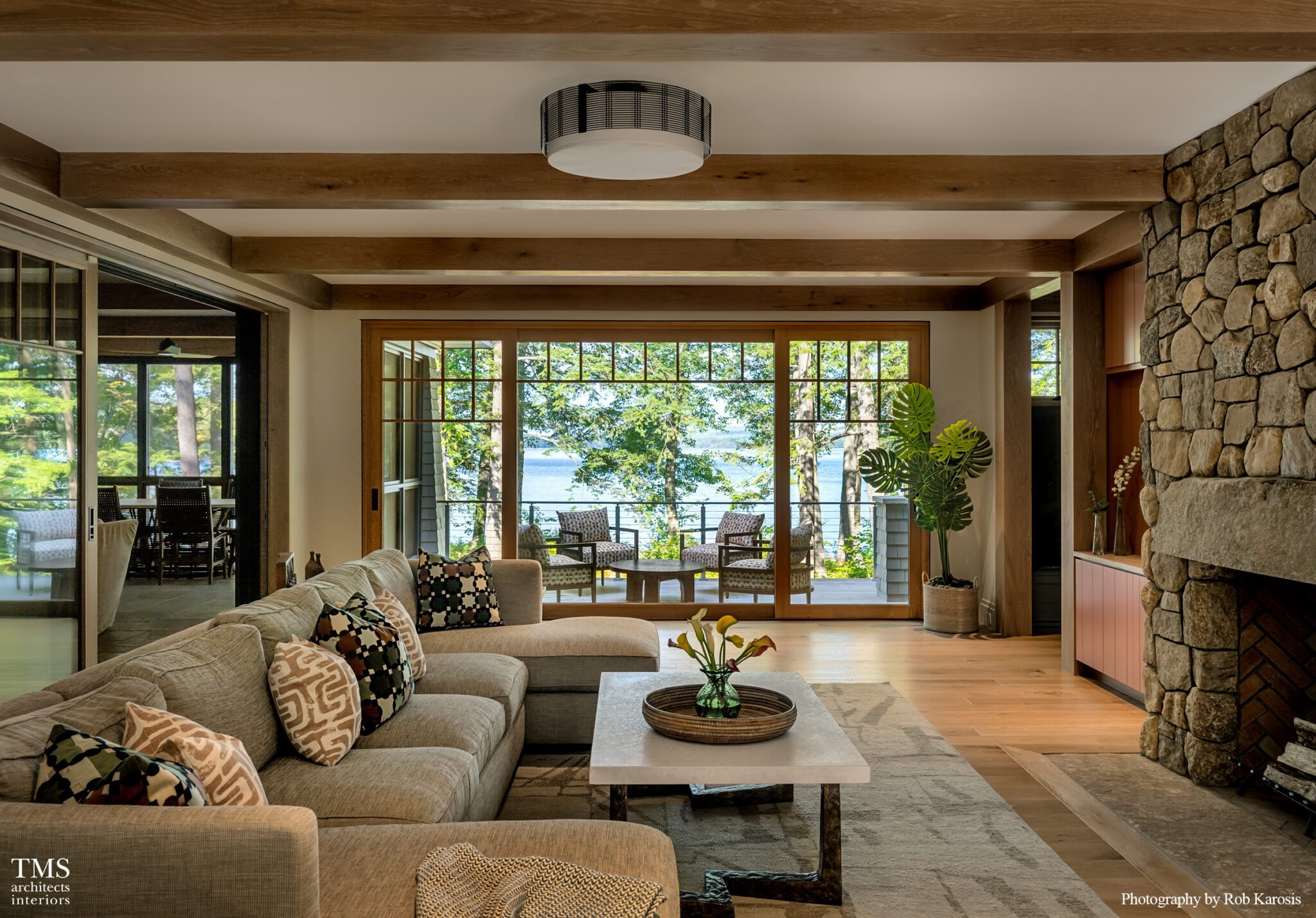
The wide center panel of this waterfront doorway offers a distinct view of the sweeping lake past the native hemlocks, while maintaining privacy and shade for the homeowners.
Budget Considerations When Designing a Home on the Water
When considering budget, “It comes down to setting priorities,” says Johnson. “Prioritize living spaces and minimize windows elsewhere, such as entries or bathrooms. A budget-friendly tip: Choose the largest standard size window, rather than opting for custom.” Johnson and her colleagues at TMS are forward-thinking; window treatments are a good example. “Some clients think they may not need them, but then they say ‘it’s so bright,’ or ‘there’s too much glare on the TV.’” By anticipating a client’s needs, Johnson looks for opportunities to integrate additions—like window treatments—into the design at a later date.
TMS Architects-Interiors is an award-winning firm in Portsmouth that has served New Hampshire, Maine, greater New England, and beyond for more than forty years. Request a consultation or call 603.436.4274.
Share
![NEH-Logo_Black[1] NEH-Logo_Black[1]](https://b2915716.smushcdn.com/2915716/wp-content/uploads/2022/08/NEH-Logo_Black1-300x162.jpg?lossy=1&strip=1&webp=1)
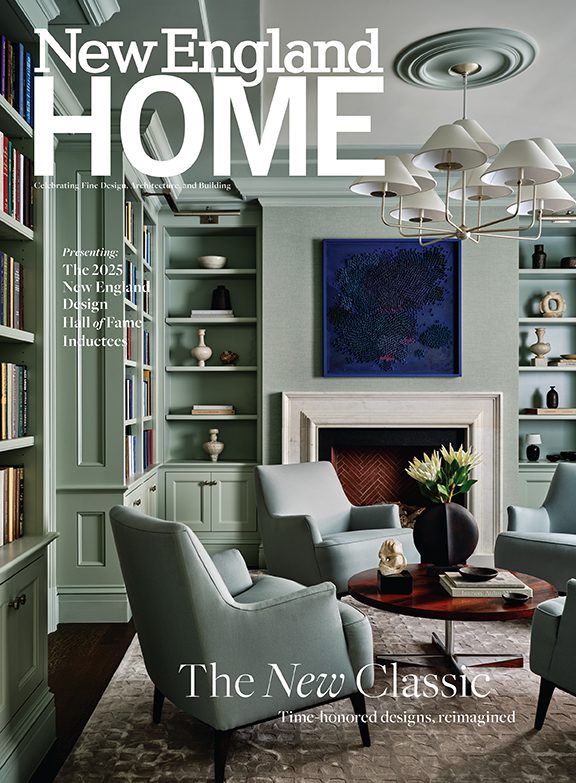

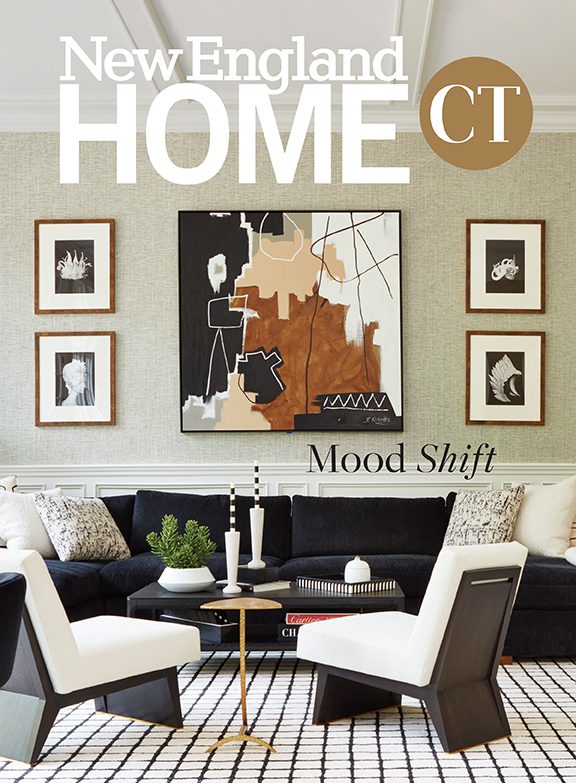
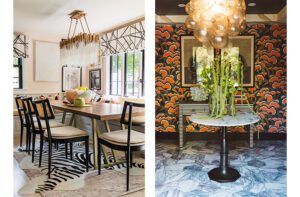
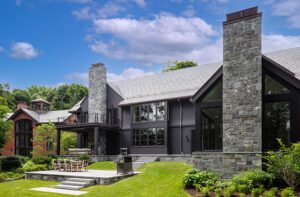
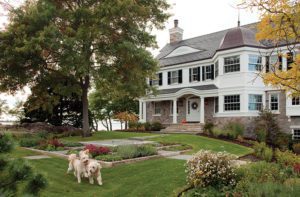
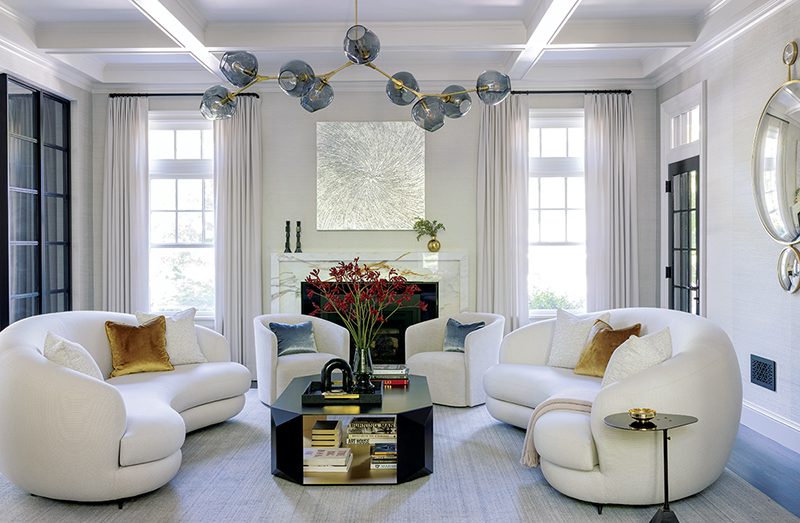
You must be logged in to post a comment.